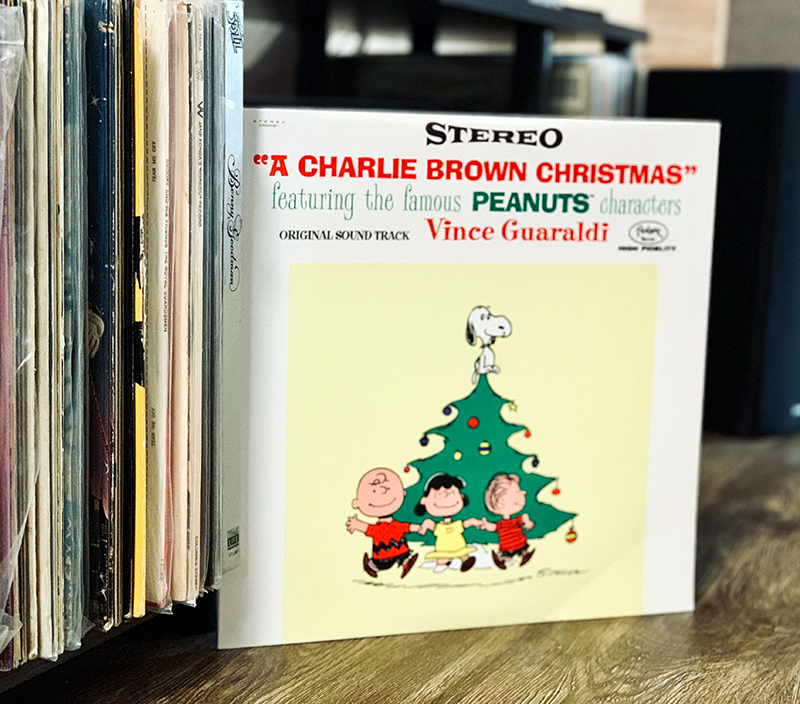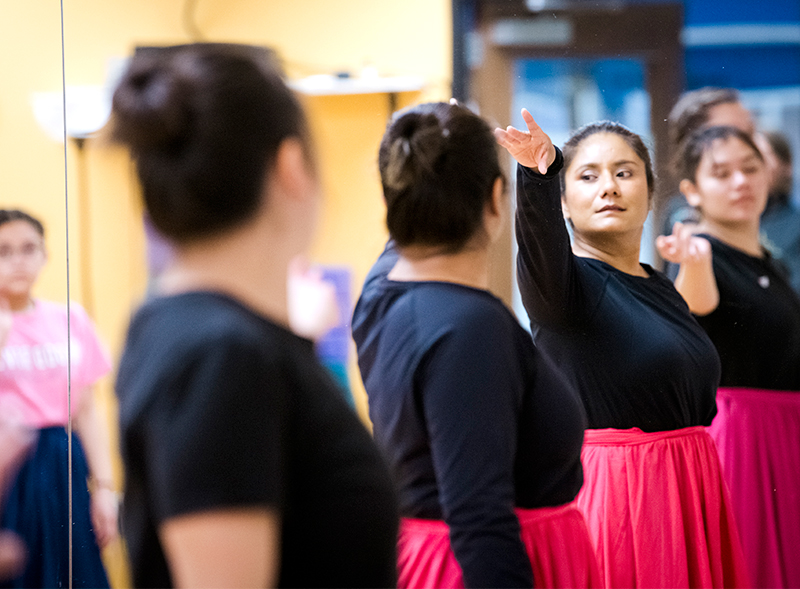Maiah Wynne: On Art as a Tool for Healing
Ava Scanlan (Communications & PR Manager)

This week, we spoke with Maiah Wynne in advance of her busy weeklong visit to the Wood River Valley to work with students in Blaine County schools, lead a community workshop, and perform a concert at the Argyros this Thu, Dec 7 (tickets are still available!). Our discussion covered her music, art as a tool for healing, and all the instruments she plays. Her visit is part of SVMoA's upcoming exhibition Bodies of Work: Art & Healing (Jan 12-Mar 23, 2024).
Maiah Wynne is a self-described singer-songwriter and multi-instrumentalist; however, she is much more than that. A precocious self-taught musician, she has been writing and singing songs since her elementary school days. A musical prodigy as a teen, her talent and perseverance have earned her a spot on NPR’s Tiny Desk Contest, as well as slots at the Upstream Music Fest, Timber Music Festival, Northwest Folklife, and an invitation to perform at the Sundance Music Festival. She has been a guest singer with the Portland Cello Project and, most recently, is now bandmate to rock legends Andy Curran of Coney Hatch and Andy Lifeson, guitarist of Rush, in the musical project Envy of None.
You are described as a singer-songwriter and multi-instrumentalist. What instruments do you play?
I like to say that I play a little bit of everything! My main instruments are guitar, piano, ukulele, banjo, cigar box, dulcimer, mandolin, drums, and harp guitar. I also play some other fun instruments like the saz and bouzouki. Often, I play drums with my feet while I play other instruments like the guitar on stage.

So many instruments! Where did you first learn how to play music? I know that learning to play music and sing songs is a process, one that is formed in many ways, starting with family, school music classes, private lessons, and the self-taught of the internet. What was your process of learning music?
I think I first became passionate about music when I was just a small kid sitting at the piano at 3 years old. I loved watching my dad play the piano and was inspired to learn from the start. I took piano lessons early on for a few years, then taught myself everything else from guitar to bouzouki! I used YouTube videos to learn new instruments, and I practiced writing and improvising. I was also a part of my school's choir for many years, which helped with my understanding of harmony and helped me develop my voice. I liked writing songs from an early age. I also loved watching my grandpa play the mandolin and banjo growing up. I was obsessed with music and learning how to create it. I loved the process of writing music, and I spent hours playing the piano, improvising, writing songs, and teaching myself new instruments after school each day.

You are interested in Art Therapy and using art as a tool for healing. That fits so well with the upcoming SVMoA exhibition Bodies of Work: Art and Healing, which is all about the healing power of art and art as a force to bring communities together to heal. How did you learn about art therapy or come to it as a discipline?
Music has always been a form of therapy for me. Even before I learned the science behind why music and art help, I could feel it in my body and nervous system. I feel very lucky to have found music at an early age because it helped me through the most difficult periods of my life. I feel music has the power to heal and transform people. It can help us connect with our community, and it can help us tap into our deepest emotions. Music is a powerful tool, and it also happens to be one of the most natural and instinctual things we can do if we allow ourselves to let go. I feel very passionate about bringing music to communities and helping encourage people to find their own connections with music because I know firsthand how much of a difference it can make.

You are trained and work with an art therapy non-profit organization. Can you tell us a little about that and how you got involved?
A few years ago, I partnered with an organization called First Aid Arts. I became aware of their work after singing at an annual fundraiser in Seattle. I was so moved by what I had learned that I decided to take their training course. I learned about how trauma affects the brain and how art-based tools can help people heal from trauma. Their program is inspiring and transformative, and they've brought music and art-based practices to communities all over the world who have suffered from trauma in various forms, from war or human trafficking to violence and displacement. I was deeply inspired by their work and was honored to partner with them in my own work as a musician. I've since taken what I've learned and implemented it into the workshops that I've led across the country, sharing tools and easy practices to help regulate the nervous system and starting conversations about mental health and the arts.

As a teenage runaway, you can sympathize with what kids are dealing with emotionally and empathize with what they're going through. How can kids use music to heal or connect or even as a channel for their emotions? Sometimes it’s hard for kids to put their feelings and emotions into words. How do you use music to heal?
Music can help regulate the nervous system through writing, singing, dancing, or listening. The music I make and how I create is unique to me, as it is for everyone else. That's part of what makes the process so beautiful. I can take a single prompt, and a dozen people will create something different. We all have our unique challenges, battles, perspectives, and creative spirits. Using music to process looks different for everybody.
The biggest hurdle for most people is simply giving themselves permission to try. I like to encourage introspection and self-reflection along the way.
Can you talk about your project Envy of None? How is it to play with rock legend Rush guitarist Alex Lifeson? How did you meet him? How did you form a band? Was it chance or organized? Do you have anything coming up with him?
Envy of None has been such a fun project to be a part of. I won a song contest about 5 years ago, and through that I was connected with Andy Curran, a Canadian rock musician. I won a mentorship session with Andy, and we hit it off and decided to work on some music together. Andy and his musical partner Alf brought Alex on board. We ended up creating an entire album and releasing it last year, and it charted in the US, UK, and Canada. It was all very exciting, and it was really fun to step out of my normal genre. We have a second album in the works right now. I love my Canadian brothers! They've been a joy to work with.

Can you give us a preview of the workshop that you will be leading this week at the Sun Valley Museum of Art? What attendees can expect from the workshop?
The workshop will cover songwriting, mental health, and music, and a bit about my journey as a musician. I adapt my workshops to the group, either writing a song together or in smaller groups. I'll also be answering questions.
I'm excited to meet everyone and to get the chance to work with the wonderful Sun Valley community!
Learn more about Maiah Wynne at maiahwynne.com.














































